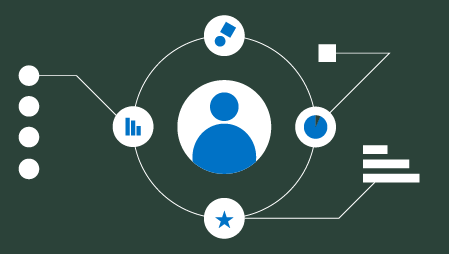In the coming years, data scientists will be in high demand throughout the globe. Venture Beat reconfirmed FICOs claim that job openings in data science took a giant leap by 15,000 percent between 2011 and 2012. During this data science market boom, fresh students with undergraduate and graduate degrees in disciplines intersecting with Data Science have a golden opportunity to land high paying jobs. The growing salaries and challenging job prospects are likely to attract a lot of bright students to this burgeoning field of study. As universities and the industry collaborate to design and develop courseworkappropriate for nurturing the students of data science or data analytics, a few marked trends have been noticed in the design of curricula.
The demand for skilled data scientists will continue to grow in the next five years, but the demand-supply gap will also continue to grow. To face this unique challenge, universities, in partnership with specific segments of the industry, have designed several types of courses that are equipped to fulfill both short-range and long-range demands.
Refer to this insightful infographic by Domo. According to the infographic provided below by 2016 the big data industry is expected to be a 53.4 billion industry. By 2020, data scientist jobs are projected to increase by 18.7 percent.
Highly acclaimed academic programs
MIT, Stanford University, and the University of Southern California have all come up with their own versions of academic courses or programs in data science to prepare the future generation of data scientists. Industry leaders like Cloudera have tabled more realistic solutions by offering certificate programs in data science and machine learning. The certificate programs provide ample opportunity to students to leverage their knowledge in actual, real-world business problems such as creating big data strategies for the financial services sector. The following link provides a comprehensive list of degree or certificate programs in Data Science for an individual seeking more information: Degree or Certificate Programs in Data Science Offered by American Universities.
Academic coursework in data science: The types and formats
A review of the current program offerings reveals four types of coursework:
- Certification programs in big data (lasting between 6 to 12 weeks with exposure to real-world projects) for immediate fulfillment of demand in the industry
- Graduate level courses in data science, machine learning, algorithm modeling and so on for short-term fulfillment of demand in the industry
- Post-graduate level courses in Data Science integrated with full MBA programs for long-term fulfillment of demand in the industry
- Post-graduate degree courses in data science or analytics (MSA) for long-term fulfillment of demand in the industry



